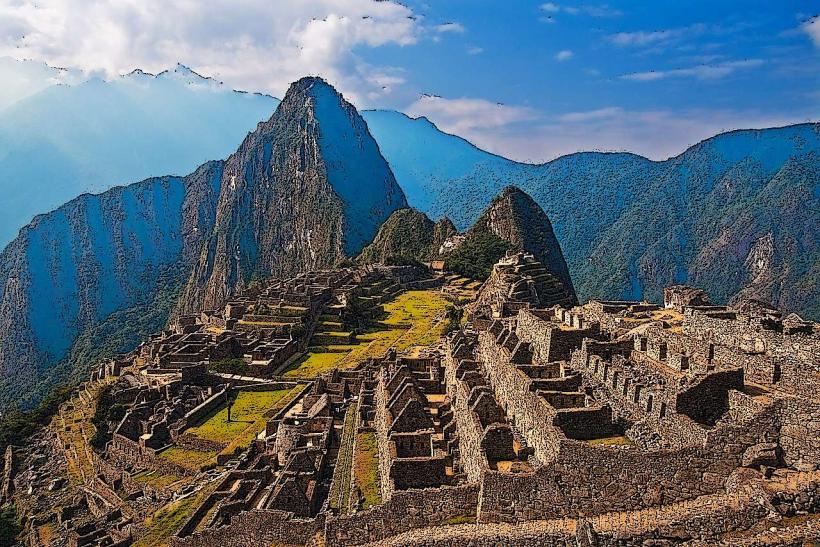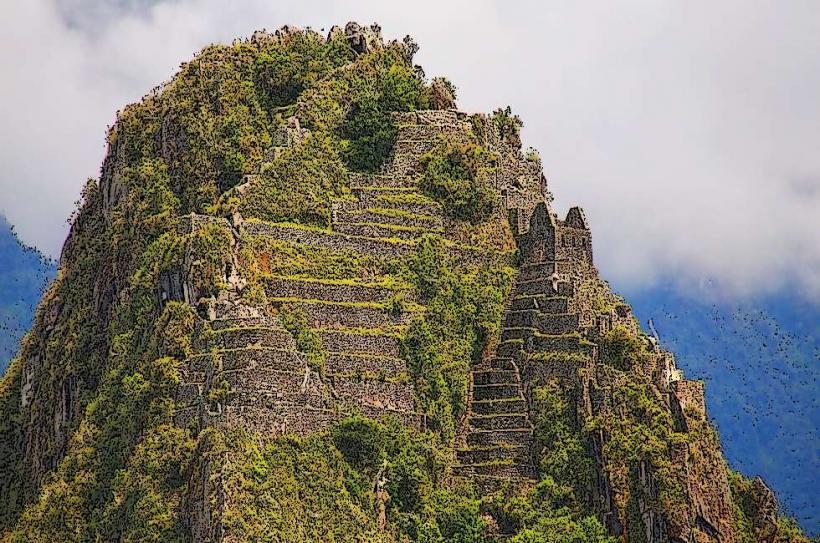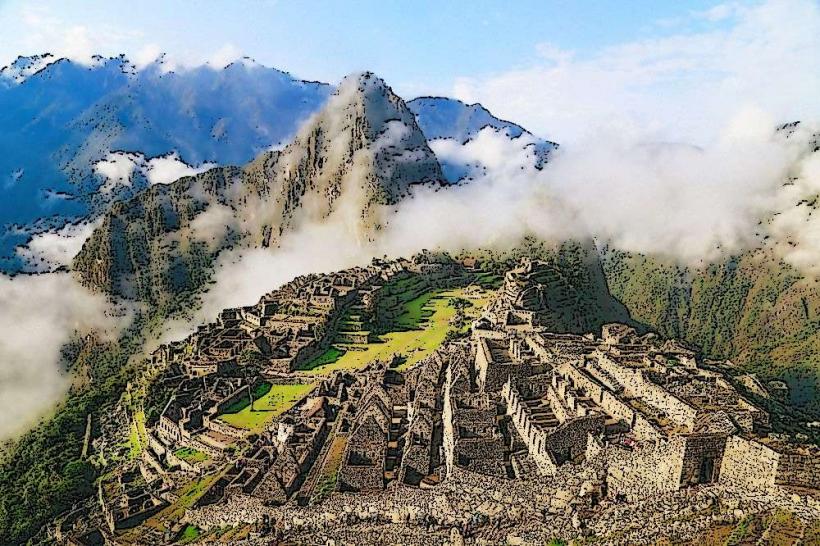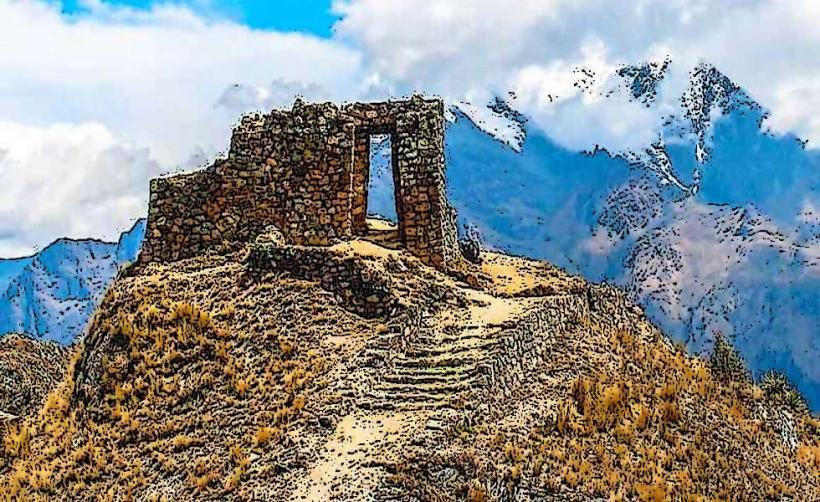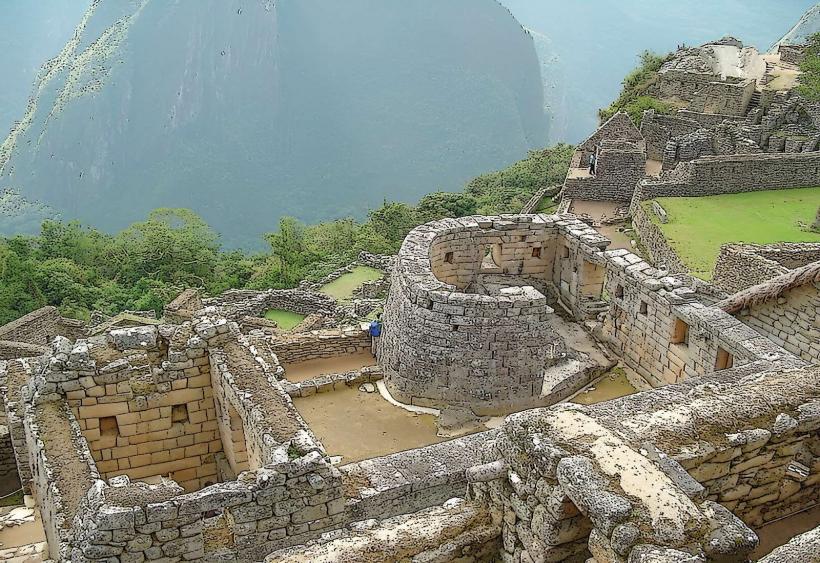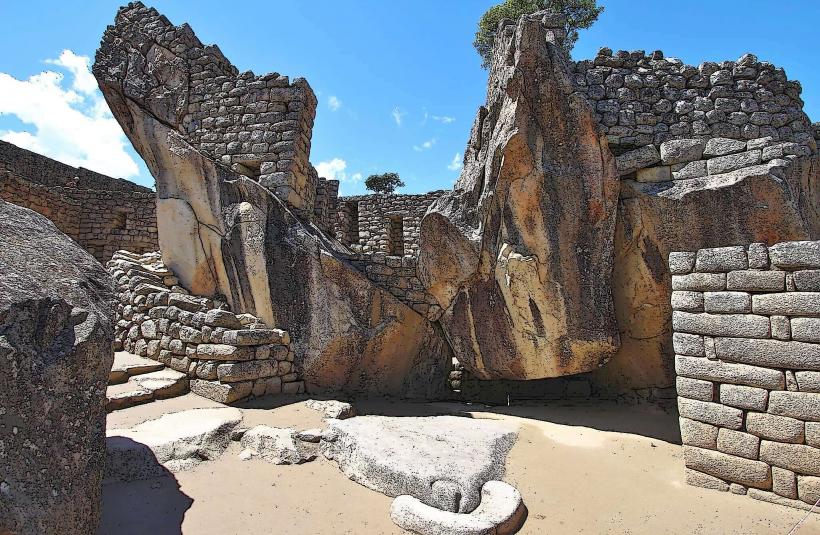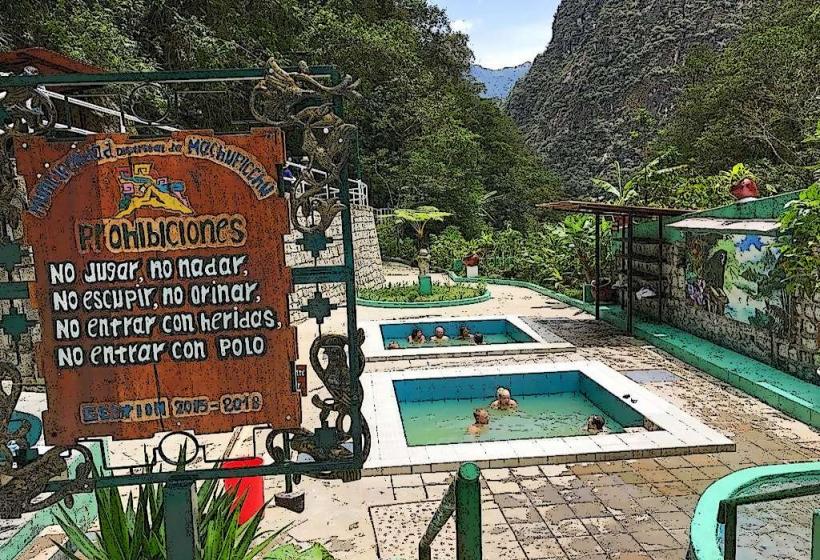Information
City: Machu PicchuCountry: Peru
Continent: South America
Machu Picchu, Peru, South America
Overview
Perched high in the Andes, Machu Picchu-often called the Lost City of the Incas-stands as one of the world’s most famous archaeological treasures, furthermore high in Peru’s Andes Mountains, it rests about 2,430 meters-nearly 8,000 feet-above sea level, where the air feels thin and crisp.Machu Picchu, a UNESCO World Heritage Site and one of the innovative Seven Wonders of the World, rises like a stone citadel in the clouds, a breathtaking feat of Inca architecture and engineering, and one.Machu Picchu sits high in Peru’s Cusco Region, tucked in the Sacred Valley of the Incas between the peaks of Machu Picchu and Huayna Picchu, with the Urubamba River winding far below, besides most visitors arrive by train to Aguas Calientes, then take a bus or hike the last stretch, though some tackle the famous Inca Trail.Built in the 15th century during the reign of Pachacuti, the ninth Inca ruler, it’s thought to have served as a royal estate or ceremonial site, consequently though locals always knew of it, American explorer Hiram Bingham brought it to international attention in 1911.Its precise stonework, terraces, and temples reveal the Incas’ mastery of engineering, while its isolation suggests it was a retreat for the empire’s nobility, moreover machu Picchu’s key landmarks include the Intihuatana Stone, a carved ceremonial sundial aligned with the sun’s path; the Temple of the Sun, a graceful semicircle with windows catching the solstice light; and the Temple of the Three Windows, symbolizing the Inca realms of underworld, earth, and sky.The Main Plaza once hosted gatherings and ceremonies, while the Royal Residence likely housed the emperor, at the same time ingenious agricultural terraces step down the slopes to prevent erosion and grow crops, and the Guardhouse offers sweeping views of jagged peaks and misty valleys.The site’s design reflects a deep reverence for nature and the stars, with structures precisely aligned to solstices and equinoxes, then surrounding cloud forests burst with orchids, bromeliads, and other native plants, while Andean condors, spectacled bears, and vivid-feathered birds move through the landscape.Visitors must buy tickets in advance, as daily numbers are limited, also your ticket can include a climb up Huayna Picchu or Machu Picchu Mountain for sweeping views, with the dry season from May to September bringing crisp blue skies and ideal hiking weather, while the rainy months of November to March trade sunshine for quieter trails and glistening stone steps; reach the site by train from Cusco or Ollantaytambo to Aguas Calientes, then ride a bus for twenty minutes or hike uphill for nearly two hours, or arrive on foot via the classic four-day Inca Trail, the dramatic Salkantay Trek, or the shorter one- or two-day Inca Trail; prepare for the altitude in Cusco or the Sacred Valley, pack sturdy shoes, sunscreen, insect repellent, and water, and follow rules that ban large backpacks, drones, and tripods while keeping visitors to marked paths; nearby, you can tackle the steep switchbacks of Huayna Picchu, step through the Sun Gate at dawn, soak in Aguas Calientes’ fiery springs, or climb Putucusi for a quieter vantage point, all while remembering that UNESCO and Peru’s authorities strictly limit numbers to safeguard this Inca masterpiece from over-tourism, landslides, and other threats-so choose eco-friendly operators to help preserve its stone terraces for generations.With its breathtaking beauty and deep history, it draws travelers from across the globe-like the way sunlight catches on ancient stone at dawn.
Author: Tourist Landmarks
Date: 2025-10-29
Landmarks in machu-picchu

